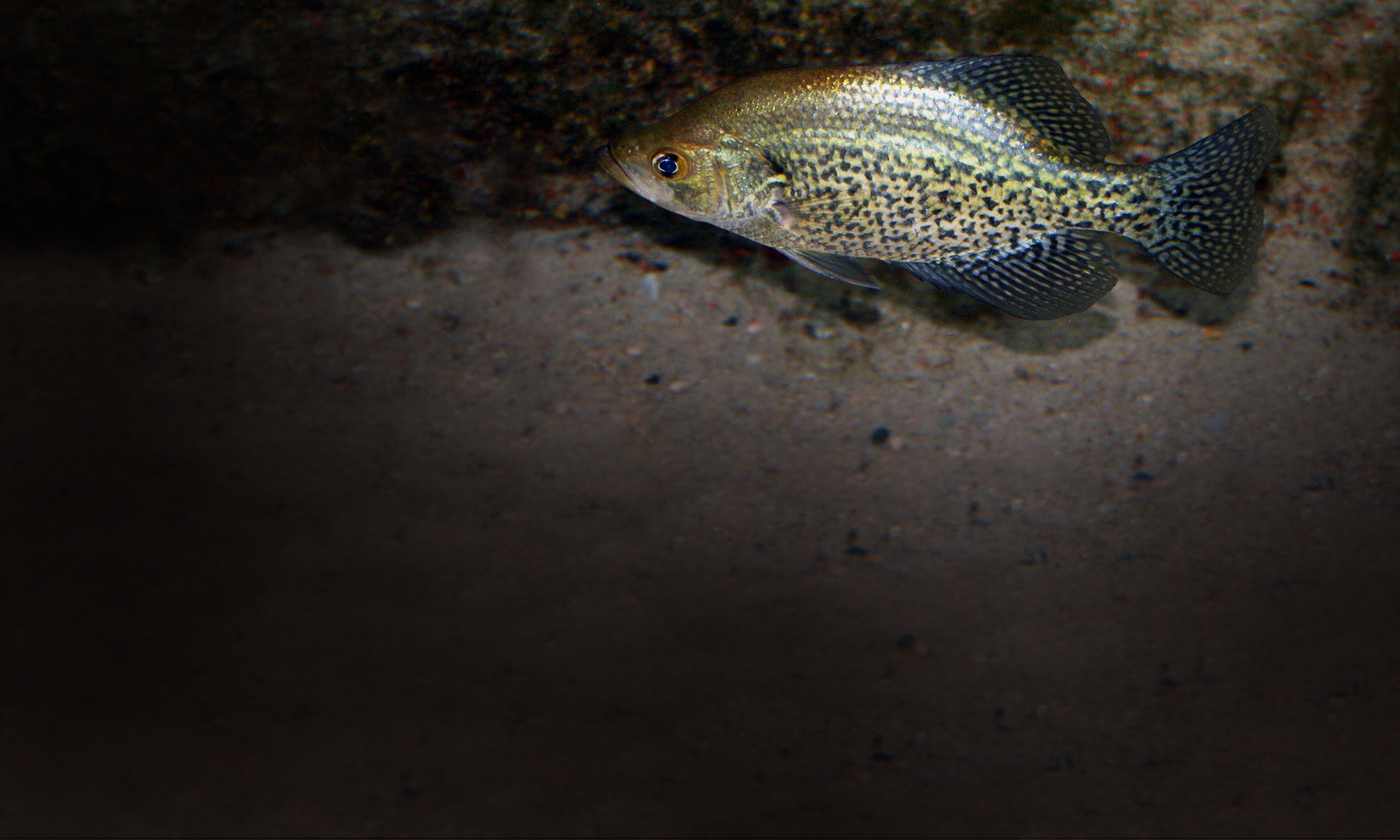Monitoring for reproduction by invasive, pelagically-spawning carp (PSC) species in the Illinois Waterway (IWW)
We monitor for invasive PSC (Bighead Carp, Black Carp, Grass Carp, and Silver Carp) eggs, larvae, and juveniles to identify the spatial extent and timing of PSC reproduction and recruitment in the IWW and its tributaries. The presence of early life stages of these highly invasive fishes in upstream pools or in tributaries would have important implications for the potential expansion of the invasion front and subsequent control efforts. Our quantification of the magnitude of PSC reproductive output over several years has also been important for understanding the environmental factors that are associated with PSC spawning within the IWW and for better understanding the recruitment dynamics of these invasive fishes.
Assessing the ecological effects of invasive, pelagically-spawning carp (PSC) removal
An aggressive PSC harvest strategy has been implemented in the Illinois River to prevent the invasion front from reaching Lake Michigan through the IWW connection with the Mississippi River, removing several hundred metric tons of PSC annually. Our lab has been investigating two potential responses to these removals, the diminishment of PSC reproductive output and the recovery of pre-invasion zooplankton communities. A variety of factors can affect the reproductive resilience of harvested stocks, and not knowing how stock size affects reproductive output leads to uncertainty regarding the effect of removals on targeted populations and the risk of unwanted compensatory responses. Due to their ability to efficiently filter large volumes of water, Bighead Carp and Silver Carp can deplete plankton densities and alter zooplankton community composition. Zooplankton may be useful performance indicators because they are a rapid index of ecosystem response, are distributed throughout the Illinois River, and are critical food web components for larval and adult native fishes. We are working on the development of zooplankton-based assessment metrics to quantitatively evaluate the extent to which PSC removal efforts are mitigating ecosystem impacts and to help management agencies define explicit targets for evaluating the outcome of PSC control efforts.
Novel predator-prey interactions
Biological invasions bring together predators and prey that have not co-evolved, creating the potential for large ecological impacts as well as challenges for predicting the size of these effects. Non-native species that become hyper-abundant, such as silver carp, can make up a large fraction of prey base available to native predators, but if non-native prey are outside of the feeding capabilities of these predators, predation from native predators may constitute only a small fraction of non-native mortality, leading to asymmetric effects of exotic prey on native predator communities. We are conducting experimental studies that evaluate the relative novelty of juvenile bigheaded carp as prey for native predators and the ability of native predators to consume these non-native prey. We are also conducting experimental studies of the differential vulnerability of native and non-native mollusk prey to predation by juvenile black carp. Until recently, North American mollusks have not had to cope with a non-indigenous specialist predator, a situation that has now changed with the successful invasion of black carp, a large molluscivorous fish native to Pacific drainages of northern Vietnam, eastern China, and southeastern Russia. Given the diversity in shell size, shape, thickness, and ornamentation in native and non-native mollusks within the Mississippi River basin, there could be considerable variation in the susceptibility of different taxa to predation by black carp, especially at the juvenile life stage when these predators transition to hard-shelled prey.
A modular electric barrier system as a scalable tool for manipulating and deterring fishes in freshwater ecosystems
Most electric barriers, such as the electric barriers operated to prevent Asian carp and other aquatic invasive species from using the Chicago Sanitary and Ship Canal to move from the Mississippi River basin into the Laurentian Great Lakes, are stationary in that they are designed for specific waterbody dimensions and environmental conditions and installed at a fixed location. Our lab has been testing a portable and modular electric barrier designed as a scalable system to deter, guide, or immobilize freshwater fishes across a range of waterbody dimensions.
